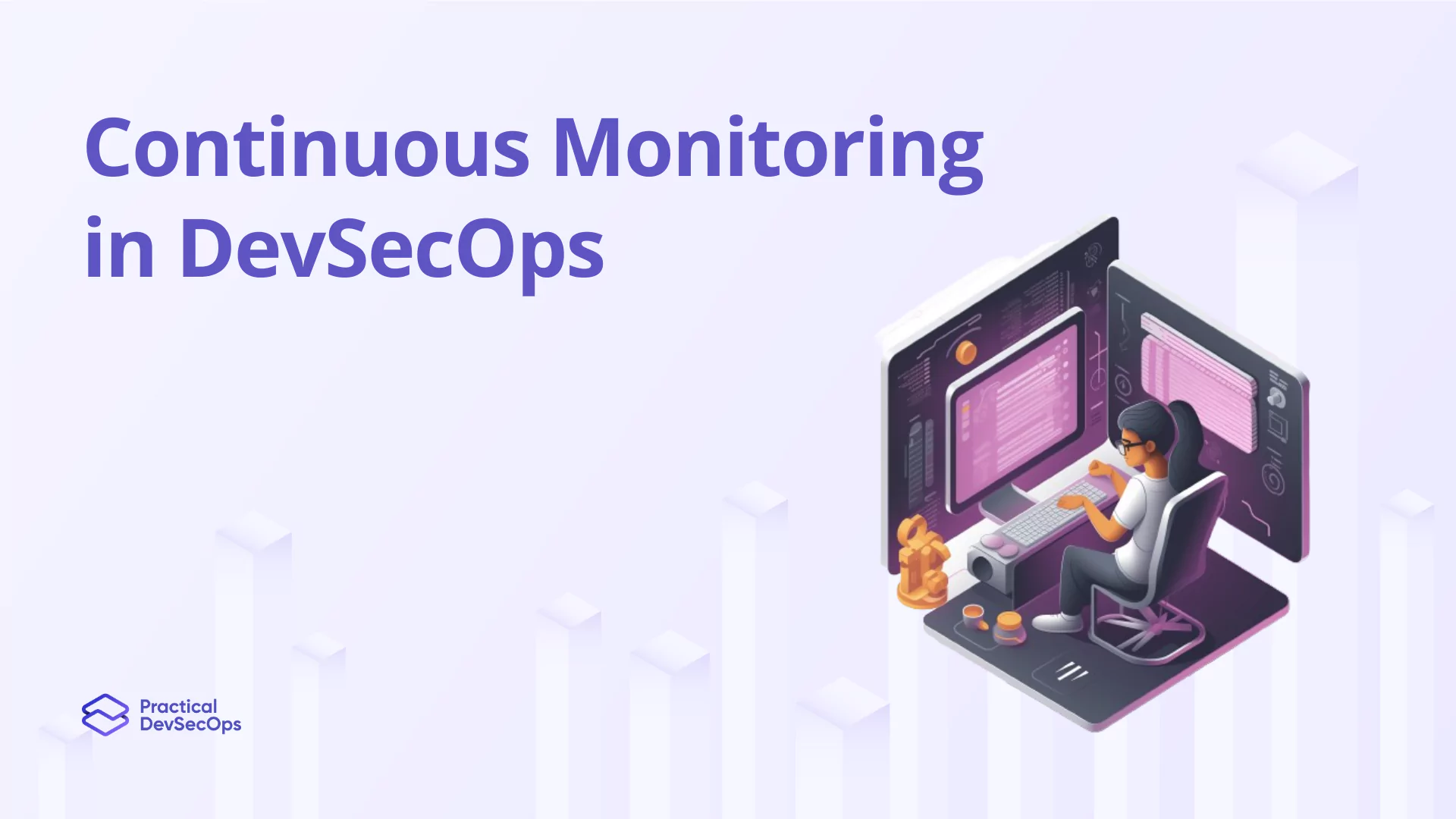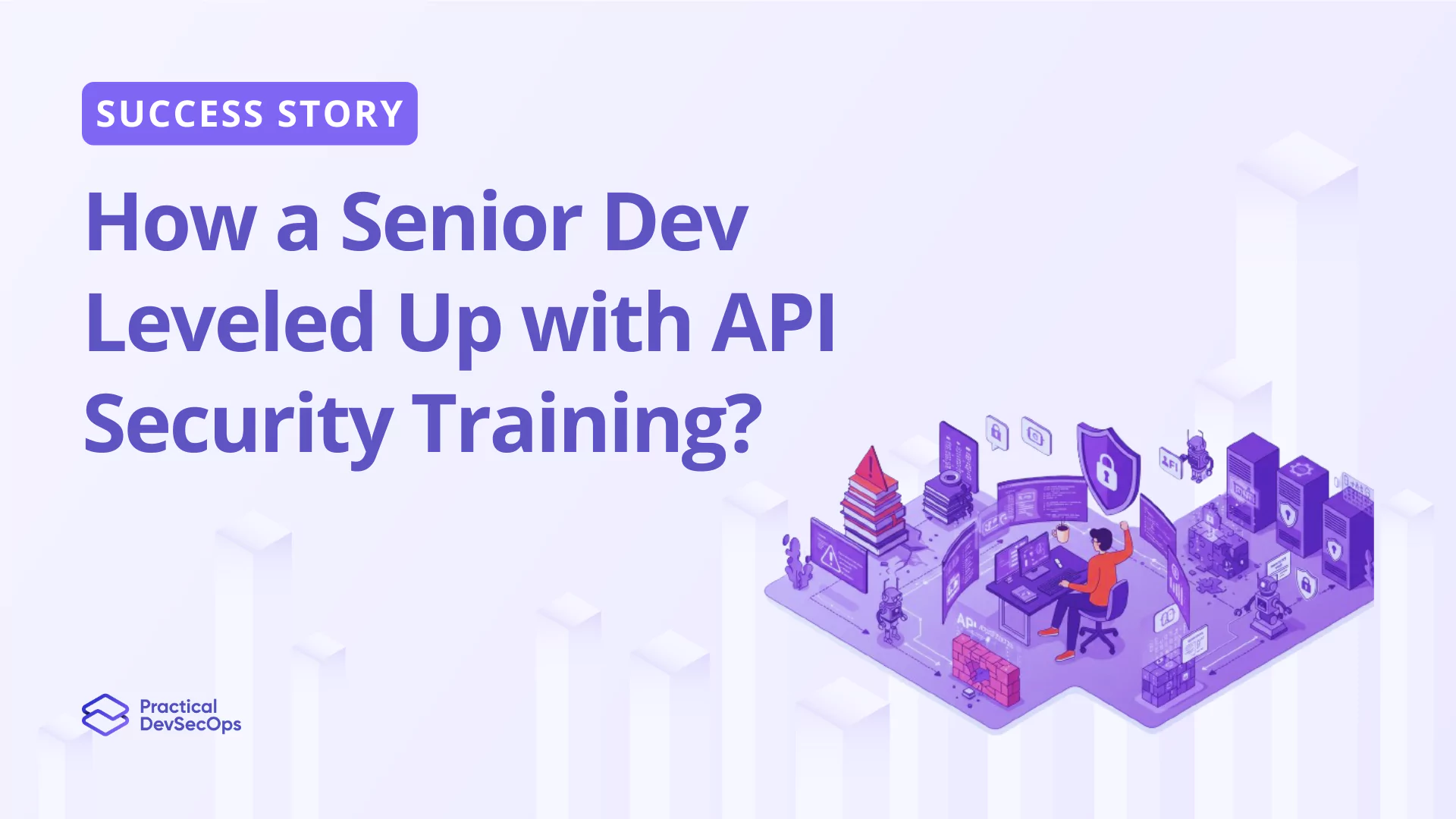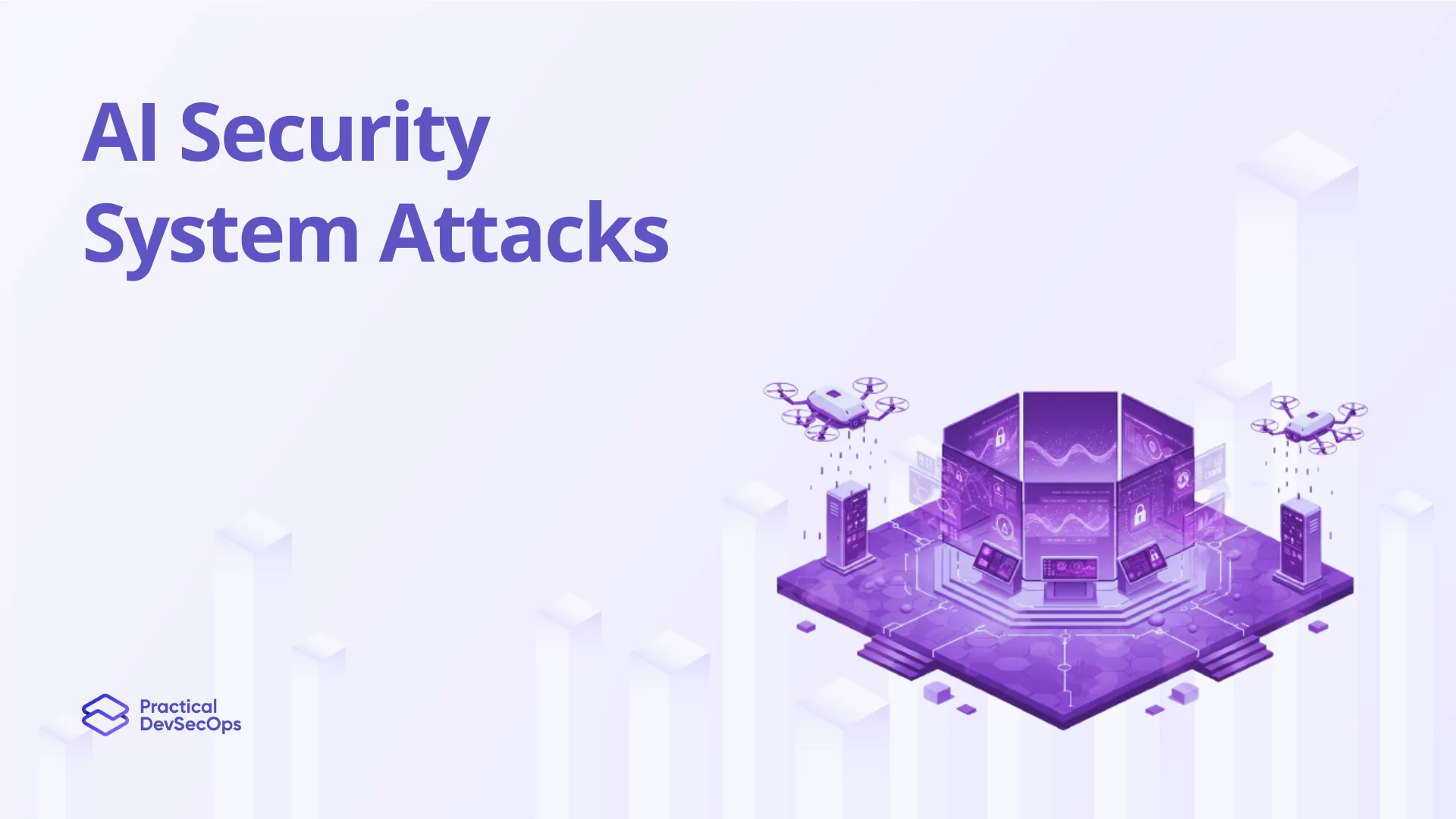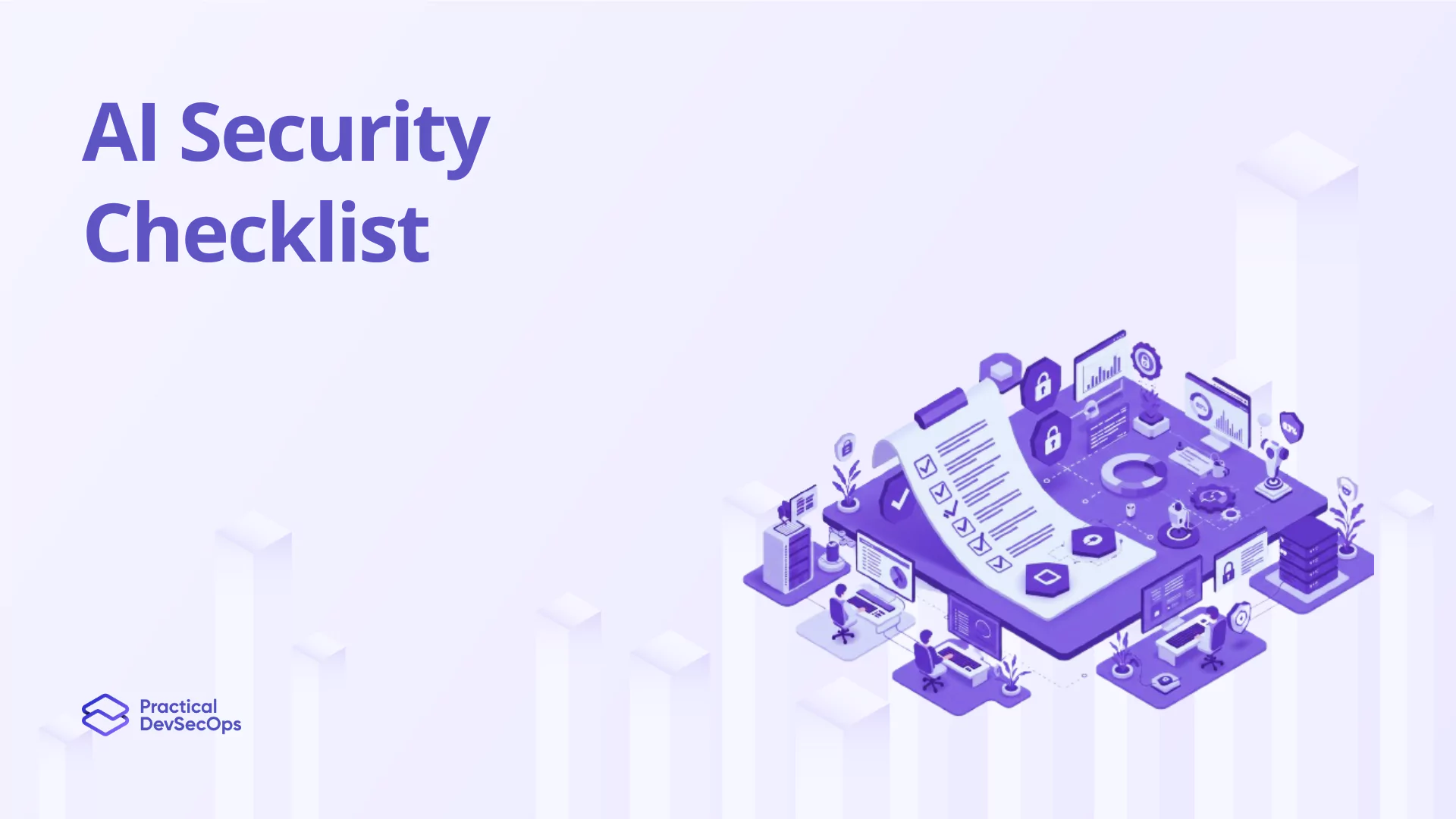DevSecOps, as compared to DevOps, ensures the integration of security at every phase of the software development process. Security becomes an integrated aspect of the entire software development workflow. This is executed by continuous monitoring with the essence of hardening security and improving operational efficiency with real-time assessments and adjustments. Proactive surveillance will make security an ongoing activity and not a checkpoint.
Core Components of Continuous Monitoring
Essential Technologies and Tools
Continuous monitoring with respect to DevSecOps uses a series of state-of-the-art technologies and tools developed to afford continuous security assessment and dynamic alerts. This has inclusions of automated vulnerability scanners, configuration management tools, and security information and event management (SIEM) systems. With such tools in place, security checks can be constant and not just at some intervals so that, in turn, teams can detect and address any security threats that might emerge.
Integration into the DevSecOps Pipeline
To make DevSecOps significantly effective, continuous monitoring tools must gradually be integrated and surveillance assured on the SDLC pipeline, starting from the initial design up to deployment and maintenance. The embedding of continuous monitoring tools into the devsecops pipeline will identify and remediate potential vulnerabilities at no time and hence reduce the risk of security breaches that might be occasioned by this factor.
Also read about DevSecOps vs CI/CD: Enhancing Security in the Age of Continuous Delivery
Benefits of Continuous Monitoring for DevSecOps Teams
Real-Time Threat Detection and Response
One of the greatest merits associated with continuous monitoring in DevSecOps architectures is the power to detect threats in real-time and respond to them as they occur. Surveillance in real time will foreclose any future breach that could happen by setting an alarm to the team in case there is any detected vulnerability or an attack. With the power for near-immediate response, the impact is therefore greatly reduced over a much larger window of opportunity for the attackers.
Enhanced Visibility
Continuous monitoring improves visibility across levels or development and operational lifecycle stages. This gives insights into the team in a clear way, showing them the behavior of applications and infrastructure at any time so that abnormalities can be addressed spontaneously. Superior visibility is key to ensuring the integrity of security and operational performance.
Impactful Case Studies
Many such case studies point out the potential of continuous monitoring: a tech company could reduce downtime by 40% and significantly decrease the incidents of security after introducing continuous monitoring. A financial services company was able to detect and avert the potentially catastrophic data breach through continuous monitoring of customer data, thus ensuring better protection of the critical customer information subject to heavy industry regulation.
Now let’s take a look at the challenges of continuous monitoring.
Challenges in Implementing Continuous Monitoring
Overcoming Common Obstacles
Implementing continuous monitoring incurs a few challenges, including adding complexity in integration and calling for constant updates and maintenance. Overcoming such challenges mostly requires strategic approaches that involve the selection of scalable tools, staff training in handling new systems, and continuous improvement aimed at mitigating the ever-growing threats.
Complexities of Effective Systems
The implementation of an effective continuous monitoring system makes a call to lay down the technology against the specific needs of the organization. The sensitivity and magnanimity of the operation make it more complex, and with the data involved, it calls for thorough planning and proper testing so that the monitoring system is robust, scalable, and can handle the complexities of modern IT environments.
Strategies for Successful Implementation
DevSecOps teams will need to execute continuous monitoring. This will start with the definition of clear objectives and scope on what to monitor and proceed with the required tool selection based on the demands of the organization in technology and business.
Further, monitoring tools need to be integrated with already existing continuous workflows to ensure efficiency is optimized without disruption. Teams should schedule a periodic review and update of their monitoring strategies to guarantee adaptability to new threats and changes in the technology landscape.
Choosing the Right Tools and Metrics
Choosing the right tools and metrics drives the effectiveness of any continuous monitoring program. DevSecOps teams should go for tools that have maximum coverage, are easily integratable, and have scalability. Metrics should be chosen so that they give meaningful insight with a significant trend into security and general operational health.
Some common metrics include the number of threats detected, time taken to detect and respond to those threats, and the state of the system’s uptime. The metrics basically help audit teams determine the performance of the monitoring strategies and which areas can be optimized.
Also read about Kubernetes Security Best Practices
Continuous Monitoring as a Learning Tool
Educational Benefits in DevSecOps Training
Continuous monitoring helps to inculcate a security-positive mindset and is one great learning aid in any DevSecOps training program. The learner’s actions are fed back to them in a safe, controlled environment, and it becomes more apparent why these security best practices are in place. The Novice trainee can then understand how these security games are played in a DevSecOps environment.
The Certified DevSecOps Expert (CDE) course at Practical DevSecOps is uniquely designed to give you a chance to train at your own pace, without breaks, with uninterrupted availability to the lab—browser-based, of course—and to an expert-monitoring session, with continuous expert support from DevSecOps experts. This setting, aided by continuous monitoring, gives the learner a real-world sensation of how the monitoring tools work in live operating systems, thereby enhancing their capability to successfully apply these skills on the job.
Read about DevSecOps Skills In-Demand for 2025
Future of Continuous Monitoring in IT Security
Emerging Trends and Technologies
The future of continuous monitoring in IT security is likely to be shaped by advancements in artificial intelligence (AI) and machine learning (ML). These technologies can enhance the ability of monitoring systems to predict and identify potential threats before they materialize.
Additionally, the integration of more sophisticated anomaly detection algorithms will improve the precision of threat detection, making continuous monitoring tools even more essential.
Evolving Practices in DevSecOps
As DevSecOps continues to evolve, the practice of continuous monitoring will become even more integrated into the development lifecycle. Future developments may see a tighter integration of security measures with development tools, enabling more automated and proactive security practices.
This evolution will help organizations not only defend against threats but also improve their overall operational efficiency and software quality.
Conclusion
Continuous monitoring is a cornerstone of effective DevSecOps, offering real-time threat detection, enhanced operational visibility, and invaluable learning opportunities. Its integration into DevSecOps practices ensures that security is a continuous and integral part of the development lifecycle.
Invitation to Enhance Expertise
We encourage IT professionals and DevSecOps practitioners to deepen their understanding of continuous monitoring by enrolling in the Certified DevSecOps Expert (CDE) course at Practical DevSecOps. Enhance your skills, stay ahead of threats, and lead security initiatives with confidence.







0 Comments